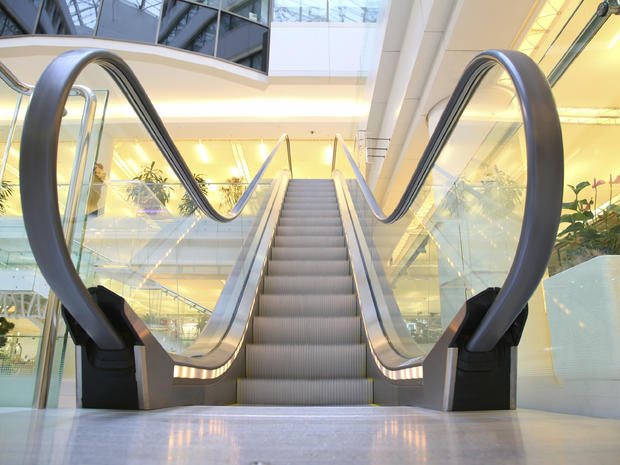How can Sears stay relevant? By closing nearly half its stores
Today, the softer side of Sears (SHLD) is more likely to conjure up the beleaguered retailer's dismal earnings than its line of Toughskins.
Sears is suffering from the steepest decline in operating performance since 2006 among its rivals, according to a new report from research firm Green Street Advisors. Based on the firm's operating performance index, which measures same-store sales growth by gross margin percentage, Sears has seen a decline of more than 50 percent, compared with about 10 percent for Nordstrom and Macy's.
Getting Sears back on track may take extreme measures, the report suggests. How extreme? The retailer would need to shutter 43 percent of its existing stores, or 300 locations, to get back to the productivity it enjoyed in 2006, before the recession hit. It would also take Sears back to the days before hedge fund billionaire Eddie Lampert became its CEO, a reign that's been criticized as ineffectual at best.
Sears isn't the only department store facing serious problems, the researchers at Green Street Advisors noted. J.C. Penney (JCP) is retail's other "problem child," although it's marginally in better shape than Sears. It would need to close 31 percent of its locations, or 320 stores, to regain its pre-recession productivity.
"Sears and J.C. Penney have been slow to reduce their footprints, despite plummeting revenues," the report said. "Together, they cause the vast majority of the industry's 'sales productivity gap' and continue to be the prime candidates for store closures."
The problems facing Sears and J.C. Penney aren't self-contained, however. Because both retailers anchor many malls across the country, their poor performances are also endangering the survival of their host malls, the report noted.
Lower-grade "malls that are co-anchored by these tenants possess the highest value impairment, and in turn, 'death-spiral' risk," the researchers noted.
Store closings could actually make some malls' situations worse, especially if anchor tenants such as Sears or J.C. Penney aren't replaced with something more exciting for shoppers. In Green Street Advisors' view, the death spiral can occur in as little as one and a half years, starting with anchor store closings, which can lead to fewer shoppers and forces smaller stores to shutter. After the spiral is completed, the mall is "no longer (a) relevant retail destination."
Malls aren't doing so well on their own. American shoppers are increasingly turning to online retailers and off-price retailers to buy clothes and other supplies, leading to less foot traffic at the nation's malls. To survive, malls need to rethink what makes an attractive anchor tenant, the report notes. Instead of several department stores, a mall may just need one or two, with non-traditional anchors such as restaurants, grocery stores and movie theaters taking over more space.
"Department stores still have a place in the future of retail; but likely on a smaller scale," the researchers said.
